Article from Issue #26 (October 7, 2020)
AgelessThrival Foundation Pillar #5 - Water
by Catherine Wylie
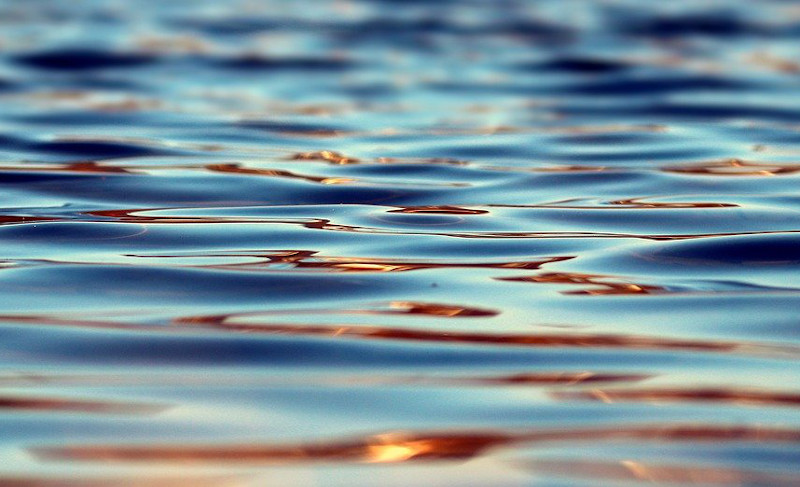
As Humans, we are made up of 70% water so it is important that you hydrate well to maintain your health and healthy telomere length in conjunction with proper nutrition. How does water benefit us?
Drinking plenty of water hydrates skin cells and plumps them up, making your face look younger. Water helps to replenish skin tissues, moisturizes your skin, and increases the elasticity of your skin. It also flushes out impurities and improves circulation and blood flow, helping your skin glow.
Benefits of drinking water
- It may improve memory and mood. ...
- It can help reduce sugar cravings and aid weight maintenance. ...
- It may improve exercise performance. ...
- It may reduce headaches and migraines. ...
- It may help prevent constipation in children and adults. ...
- It may help to prevent kidney stones. ...
- It may help reduce the risk of bladder infections.
Remember to consult with your health care practitioner before undertaking any new nutritional or exercise program.
How much water you drink depends on your weight and activity level. Most recommend 8 8 oz glasses of water a day but that will vary depend on you. There are water calculators online that will take your weight and activity level and let you know. Just remember don't drink too much water. Here is a calculator but you can find others.https://www.slenderkitchen.com/article/how-to-calculate-how-much-water-you-should-drink-a-day
So water is an important part of your nutritional plan for your AgelessThrival lifestyle.
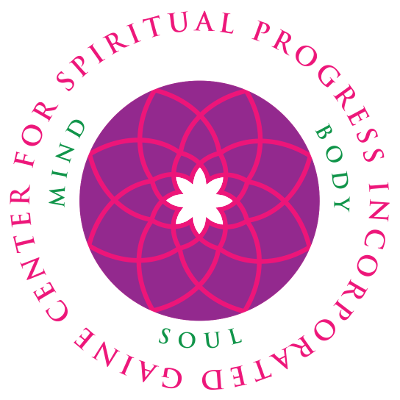
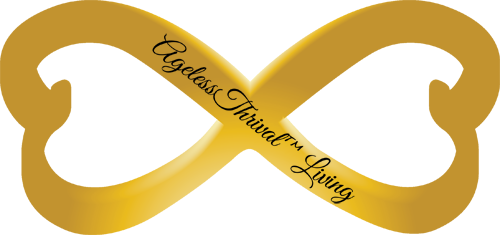
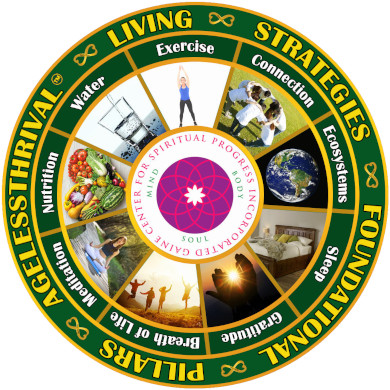 AgelessThrival Foundational Pillar #3: Nutrition
AgelessThrival Foundational Pillar #3: Nutrition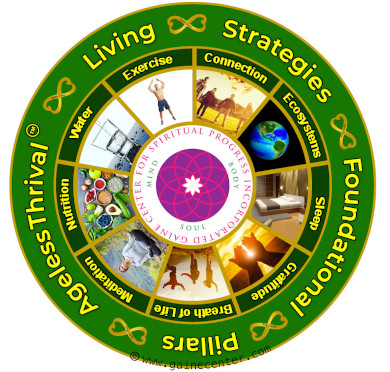 AgelessThrival Foundational Pillar #4 Fitness
AgelessThrival Foundational Pillar #4 Fitness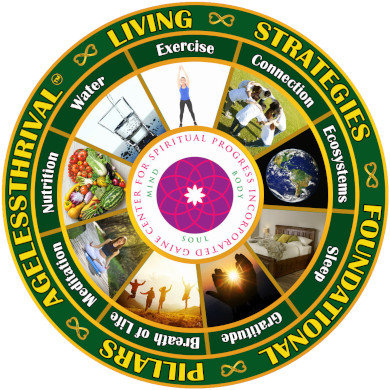 AgelessThrival™ Pillar #8 - Connection Re-Connection
AgelessThrival™ Pillar #8 - Connection Re-Connection